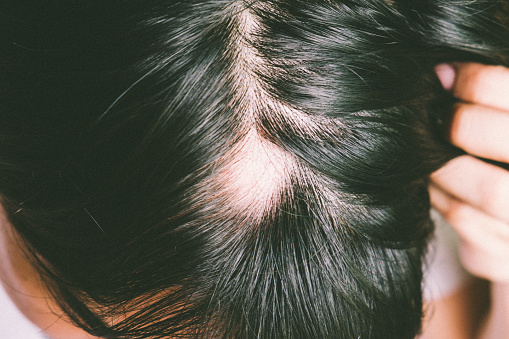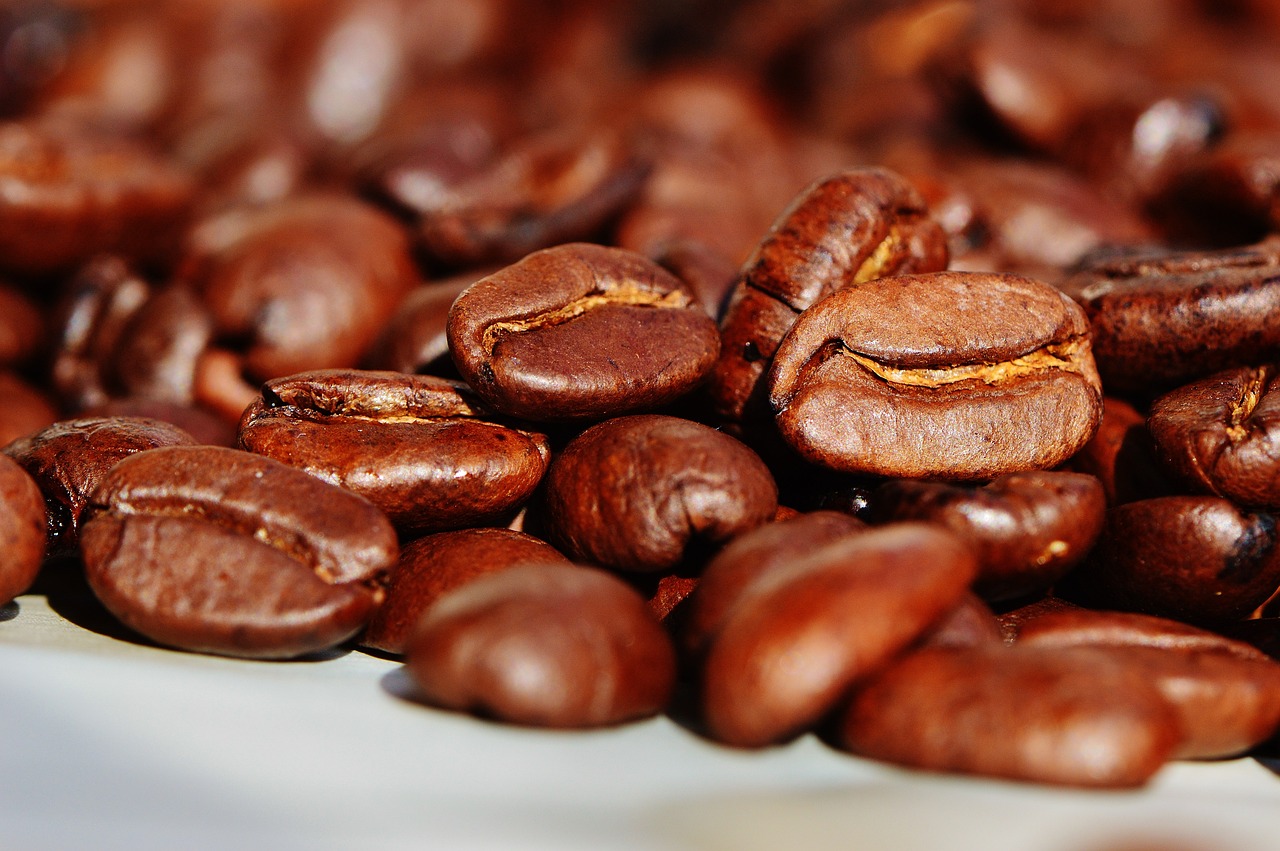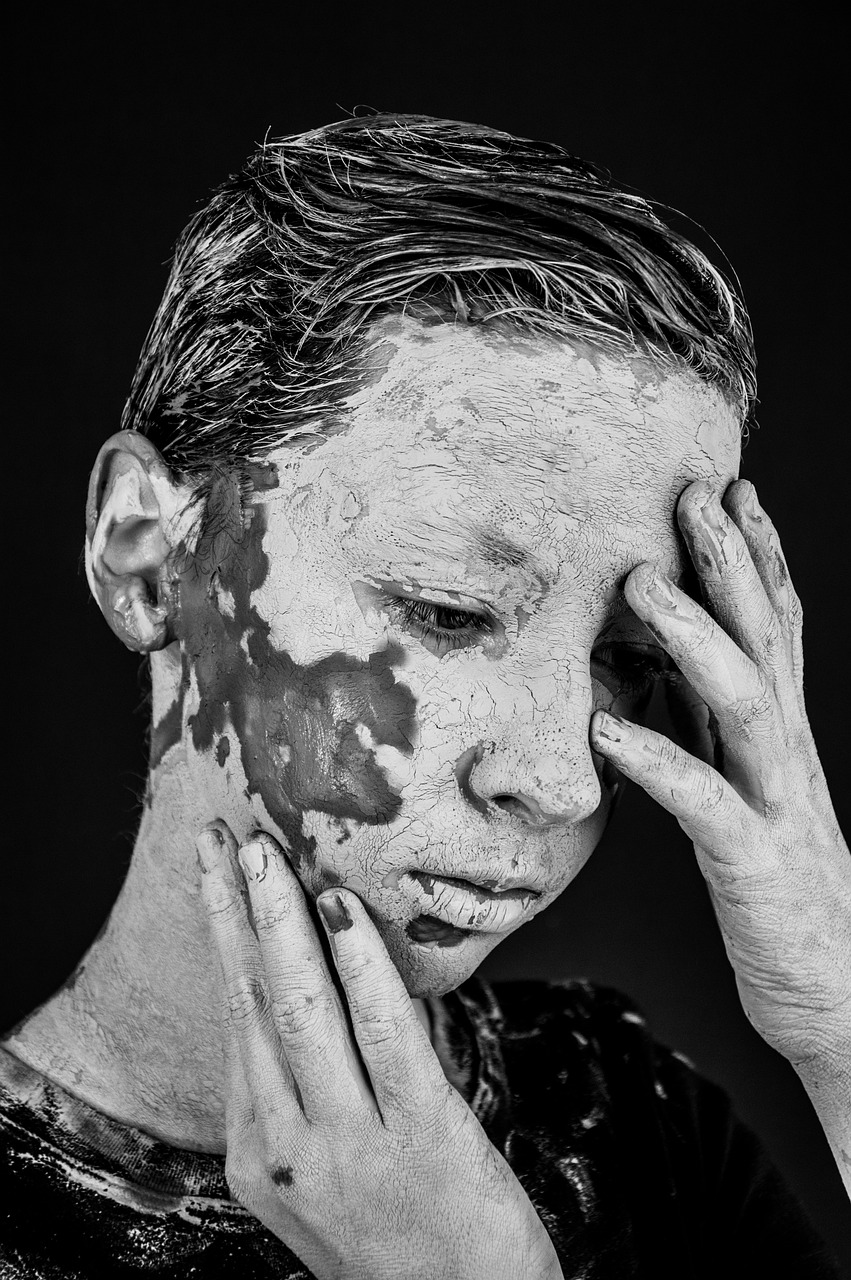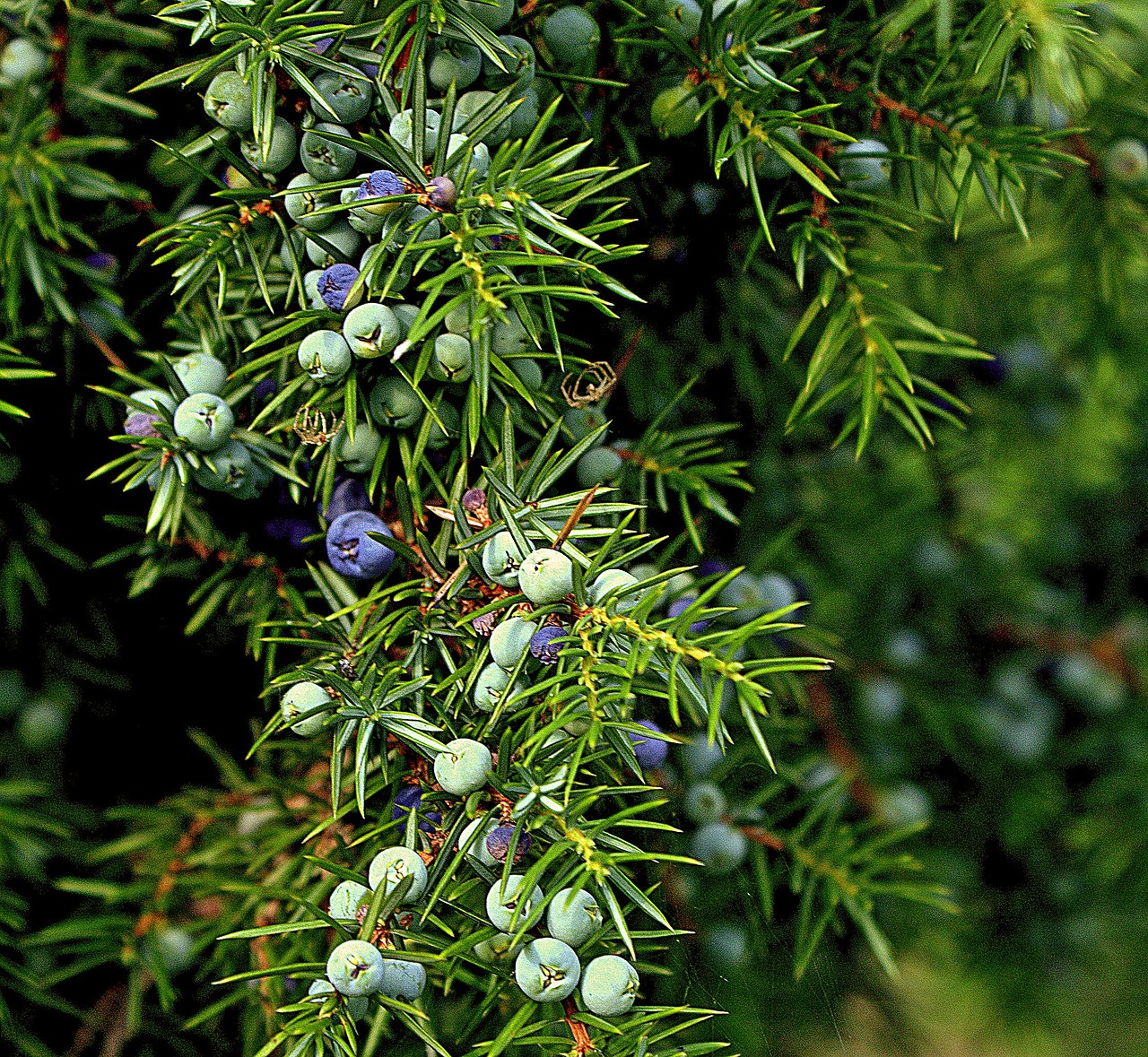Beauty
What is alopecia areata and what should you know about it?

Alopecia areata is a typical immune system condition that causes inconsistent going bald.
In the United States, it influences around 6.8 million people.
Hair drops out in little fixes around the size of a quarter in most of the cases. Generally, balding is restricted to a couple of spots, but it tends to be more extreme in specific conditions.
It can now and again bring about absolute balding on the scalp (alopecia totalis) or, in extreme cases, the whole body (alopecia Universalis).
Anybody, paying little heed to age or sex, can be impacted, but most of the occurrences happen before the age of 30.
The causes and manifestations of alopecia areata, just as its conclusion and treatment choices, are talked about in this article.

Alopecia areata more or less
Here are a few significant variables to recall in regards to alopecia areata. The principle article has more data and subtleties.
One in every five patients with alopecia areata has a relative who has additionally been impacted.
Alopecia areata ordinarily shows up surprisingly and keeps going for a couple of days.
There is negligible logical proof that pressure causes alopecia areata.
Individuals with alopecia areata who simply have a couple of patches of balding once in a while recuperate totally without the requirement for treatment.
Alopecia areata has no known treatment.
Treatment
There is by and by no solution for alopecia areata, even though specialists can prescribe medicines to assist hair with regrowing all the more rapidly.
Corticosteroids, strong mitigating medications that can restrain the resistant framework, are the most predominant sort of alopecia areata treatment. Nearby infusions, skin treatment application, and oral organization are the most common strategies for the organization.
Minoxidil, Anthralin, SADBE, and DPCP are a portion of different medications that can be prescribed to build hair development or adjust the resistant framework. Albeit some of them might help with hair regrowth, they won’t keep new uncovered patches from framing.
Photochemotherapy is a kind of therapy that utilizes light to kill disease cells. A few examinations back Trusted Source, making it a practical choice for people who can’t or are unfit to utilize foundational or obtrusive prescriptions.
Hair gives a few insurances from the climate notwithstanding its corrective worth. Individuals with alopecia areata who miss their hair’s defensive properties might need to:
On the off chance that you will be outside in the sun, use sunscreen.
Wear wraparound glasses to safeguard your eyes from the light and particles that your foreheads and eyelashes would conventionally shield you from.
To safeguard the head from the sun or to keep it warm, wear caps, hairpieces, and scarves.
To keep films wet and guard against life forms that are by and large got by nasal hair, apply treatment inside the nose.
Alopecia areata isn’t transferable and doesn’t make individuals debilitated. It can, nonetheless, be hard to sincerely conform to. Alopecia areata is a horrible condition for some individuals, and it requires treatment that addresses both the psychological and actual parts of going bald.
Individuals can communicate their thoughts and sentiments through help gatherings and treatment, just as talk about average mental responses to the infection.
Some have connected alopecia areata to vitiligo, an immune system skin issue in which the body attacks melanin-delivering cells and causes white patches. As indicated by research, these two sicknesses might have comparable pathophysiology, with the infections being driven by similar sorts of insusceptible cells and cytokines and having normal hereditary danger factors.
Thus, any forward leaps in the treatment or counteraction of one ailment may affect the other.
Treatment for alopecia areata with diphencyprone Trusted Source (DCP), a contact sensitizer, has brought about the advancement of vitiligo in a couple of recorded cases.
Quercetin, a normally happening bioflavonoid found in products of the soil, has been displayed in creature studies to forestall the improvement of alopecia areata and effectively fix current balding.
Before quercetinTrusted Source can be viewed as a treatment for alopecia areata, further review is required, including human clinical examinations.
Causes
The problem creates when white platelets attack the cells in hair follicles, making them therapist and hair improvement drop significantly. It’s muddled what triggers the resistant framework to assault hair follicles as such.
While researchers are obscure why these progressions happen, apparently hereditary qualities play a part, since alopecia areata is bound to happen in somebody who has a direct relation who has the sickness. A relative with alopecia areata influences one out of each five patients with the ailment.
As per a new report, numerous patients with a family background of alopecia areata additionally have an individual or family background of other immune system conditions, like atopy, a hyperallergic problem, thyroiditis, and vitiligo.
Despite prevalent thinking, there is minimal logical proof to help the hypothesis that pressure causes alopecia areata. Outrageous pressure might encourage the sickness, however, most of the momentum research demonstrates a hereditary etiology.
Cure at home
Since research supporting normal treatments for alopecia are not many, reads supporting regular solutions for alopecia are a lot more difficult to find.
A few people advocate rubbing the scalp with onion or garlic juice, cooled green tea, almond oil, rosemary oil, honey, or coconut milk. While not a single one of them is probably going to cause harm, the proof doesn’t uphold their viability.
Elective treatments, for example, needle therapy and fragrant healing are utilized by certain individuals, even though there is pretty much nothing assuming any, proof to back them up.
Manifestations
Sketchy balding is the most observable indication of alopecia areata. Hair starts to turn out in coin-sized regions, for the most part from the scalp. Nonetheless, any area of hair improvement, including facial hair and eyelashes, might be affected.
Balding can be unexpected, happening very quickly or over weeks. Before going bald, there might be tingling or consumption in the district. Since the hair follicles are not obliterated, hair can regrow assuming that the follicle irritation dies down. Individuals who just have a couple of patches of going bald regularly recuperate all alone with no treatment.
Around 30% of individuals with alopecia areata find that their infection deteriorates or turns into a ceaseless pattern of balding and regrowth.
About a portion of individuals with alopecia areata recuperate inside a year, however, many might have a few episodes. Alopecia totalis or alopecia Universalis influences around 10% of the populace.
The fingernails and toenails can be impacted by alopecia areata, and these progressions may be the principal hint that the issue is advancing. Nails can go through an assortment of minor modifications, including:
White fixes and lines arise on the nails, and the nails become extreme and lose their sheen.
Nails slender out and part.
Coming up next are a few other clinical signs:
Interjection mark hairs that seem when a couple of short hairs sprout in or around the boundaries of uncovered regions, limiting towards the base.
Hairs that break before arriving at the skin surface are known as body hairs.
White hair can show up in locales where there is balding.
Analysis
By concentrating on manifestations, specialists can commonly distinguish alopecia areata rapidly. They might analyze hairs from distressed districts under a magnifying lens to decide the degree of balding.
On the off chance that the specialist can’t build up an analysis following an underlying clinical assessment, a skin biopsy may be performed. A blood test might be performed assuming they need to preclude other immune system diseases.
Since the indications of alopecia areata are so novel, a finding is ordinarily basic and fast.
Beauty
Benefits of coffee for hair and ways to use it

Benefits of coffee for hair
Coffee has gained popularity not only as a beverage but also as a potential ingredient for hair care. Here are some potential benefits of coffee for hair and different ways to use it:
- Stimulates hair growth: The caffeine present in coffee is known to stimulate hair follicles and promote hair growth. It may help increase blood circulation to the scalp, providing essential nutrients to the hair roots.
- Reduces hair loss: Coffee may help inhibit the effects of DHT (dihydrotestosterone), a hormone associated with hair loss. Applying coffee topically may block DHT and reduce hair fall.
- Adds shine and luster: Coffee can add shine and luster to dull hair. It may enhance the natural color and make the hair appear more vibrant.
- Strengthens hair strands: The antioxidants present in coffee, such as polyphenols, can help strengthen the hair shaft, reducing breakage and split ends.
- Acts as a natural hair dye: Coffee can act as a natural dye, particularly for dark hair. It may provide subtle brown tones or enhance existing brown color.

Here are a few ways to use coffee for hair:
- Coffee rinse: Brew a strong cup of coffee and let it cool. After shampooing your hair, pour the coffee over your hair and massage it into the scalp. Leave it on for a few minutes before rinsing thoroughly.
- Coffee hair mask: Mix brewed coffee with a natural hair mask ingredient, such as plain yogurt or coconut oil. Apply the mixture to damp hair and leave it on for 20-30 minutes before rinsing.
- Coffee oil treatment: Infuse coffee grounds in warm coconut or olive oil for a few days. Strain the oil and apply it to the scalp and hair, massaging gently. Leave it overnight and wash it off the next morning.
- Coffee spray: Brew a strong cup of coffee and allow it to cool. Transfer it to a spray bottle and spritz it onto your hair as a leave-in conditioner. Avoid using too much to prevent staining.
Remember to perform a patch test before applying coffee or any new ingredient to your hair or skin to check for potential allergic reactions. Additionally, individual results may vary, so it’s important to experiment and find the method that works best for your hair type and needs.
Beauty
Skin Pigmentation Natural Remedies

Natural recipes for the treatment of skin pigmentation
Skin pigmentation refers to the darkening or discoloration of the skin, often caused by various factors such as sun exposure, hormonal changes, aging, or certain medical conditions. While natural remedies can help improve the appearance of pigmentation, it’s important to note that they may not eliminate the issue. It’s always a good idea to consult with a dermatologist for an accurate diagnosis and appropriate treatment options. Here are a few natural recipes that you can try:
Lemon Juice and Honey Mask:
- Mix equal parts lemon juice and honey.
- Apply the mixture to the affected areas.
- Leave it on for 20 minutes before rinsing with lukewarm water.
- Repeat this remedy a few times a week.
Note: Lemon juice may cause skin sensitivity, so it’s essential to perform a patch test before applying it to larger areas. Additionally, avoid sun exposure after using lemon juice on the skin as it can cause photosensitivity.
Aloe Vera Gel:
- Extract fresh gel from an aloe vera leaf.
- Apply the gel directly to the pigmented areas.
- Leave it on for 30 minutes before rinsing with water.
- Repeat this process daily for several weeks.
Turmeric and Milk Paste:
- Mix 1 teaspoon of turmeric powder with enough milk to form a paste.
- Apply the paste to the affected areas.
- Leave it on for 20-30 minutes before rinsing with water.
- Repeat this remedy a few times a week.

Potato Juice:
- Grate a potato and squeeze out the juice.
- Apply the juice to the pigmented areas using a cotton ball.
- Leave it on for 20 minutes before rinsing with water.
- Repeat this process daily for a few weeks.
Apple Cider Vinegar Toner:
- Dilute apple cider vinegar with an equal amount of water.
- Apply the mixture to the affected areas using a cotton ball.
- Leave it on for 5-10 minutes before rinsing with water.
- Repeat this process once daily, gradually increasing the exposure time.
Remember, it’s important to be consistent and patient when using natural remedies. If you don’t see significant improvement or experience any adverse reactions, discontinue use and consult a dermatologist for further guidance.
Beauty
Juniper Berries: Benefits & Uses

6 BENEFITS & USES OF JUNIPER BERRIES
Juniper berries, the fruit of the juniper tree (Juniperus communis), have been used for various purposes for centuries. Here are six benefits and uses of juniper berries:
- Culinary Uses: Juniper berries are commonly used as a spice in cooking, particularly in European cuisines. They have a unique flavor profile that is often described as piney, citrusy, and slightly peppery. Juniper berries are a key ingredient in dishes like sauerkraut, pickles, game meats, and certain spirits like gin.
- Digestive Aid: Juniper berries have been traditionally used as a digestive aid due to their carminative properties. They can help relieve symptoms such as bloating, gas, and indigestion. Juniper berries are sometimes used to make herbal teas or tinctures that can support digestive health.
- Antioxidant Properties: Juniper berries are rich in antioxidants, including flavonoids and polyphenols, which help protect the body against oxidative stress and free radicals. Antioxidants are beneficial for overall health and may help reduce the risk of chronic diseases.
- Diuretic Effects: Juniper berries are known for their diuretic properties, meaning they can increase urine production and promote detoxification. This effect can help reduce water retention, support kidney function, and flush out toxins from the body.
- Respiratory Support: Juniper berries have been used in traditional medicine to support respiratory health. They may help alleviate symptoms of respiratory conditions like coughs, bronchitis, and congestion. Juniper berry essential oil is sometimes used in aromatherapy or as an ingredient in chest rubs.
- Skin Care: The antimicrobial and anti-inflammatory properties of juniper berries make them beneficial for skin health. Juniper berry extract or oil is often used in natural skincare products to help soothe and cleanse the skin, treat acne, and reduce inflammation. However, it’s important to note that juniper berry oil can be irritating to some individuals, so it should be used with caution and in diluted form.
While juniper berries offer potential benefits, it’s important to consult with a healthcare professional before using them for therapeutic purposes, especially if you have any underlying health conditions or are taking medications.

WAYS TO USE JUNIPER BERRIES
There are several ways to use juniper berries in various forms. Here are some common methods:
- Culinary Use: Crush juniper berries using a mortar and pestle or a spice grinder and use them as a spice in cooking. They are often used in marinades for game meats, stews, sauerkraut, and pickles. Juniper berries can also be added to spice blends or used to flavor sauces and soups.
- Herbal Tea: Juniper berries can be used to make herbal tea. Crush a few berries and steep them in hot water for about 10 minutes. The resulting tea has a distinct flavor and can be consumed on its own or blended with other herbs for added benefits.
- Infused Spirits: Juniper berries are a primary ingredient in gin, contributing to its characteristic flavor. You can infuse spirits like vodka or gin with juniper berries to create your own flavored alcoholic beverages. Simply add crushed berries to the spirit and let it steep for a few days or weeks before straining.
- Tincture: Juniper berry tincture is made by soaking crushed berries in alcohol, such as vodka or brandy, for several weeks. This creates a concentrated liquid extract that can be used in small doses for digestive support or other medicinal purposes. Consult an herbalist or follow a trusted recipe for proper tincture preparation.
- Aromatherapy: Juniper berry essential oil is used in aromatherapy for its therapeutic properties. It can be diffused in a room to promote relaxation, added to bathwater for a soothing experience, or used in massage oils for its rejuvenating effects. Ensure to follow proper dilution guidelines and consult a qualified aromatherapist for guidance.
- Skincare Products: Juniper berry extract or oil is used in natural skincare products such as soaps, lotions, and creams. These products may help cleanse the skin, reduce inflammation, and promote overall skin health. Ensure to follow the instructions provided by the product manufacturer.
Remember to use juniper berries in moderation and consult a healthcare professional or herbalist for personalized advice, especially if you have any specific health concerns or are taking medications.
DISCOVER THE MANY USES OF JUNIPER BERRIES
Juniper berries have a wide range of uses across various domains. Here are some additional uses of juniper berries:
- Natural Cleaning: Juniper berries can be used as a natural cleaning agent. Create a homemade cleaning solution by simmering crushed juniper berries in water, then strain and use the liquid to clean surfaces. The antimicrobial properties of juniper berries can help disinfect and freshen your living space.
- Herbal Medicine: Juniper berries have been used in traditional herbal medicine for their medicinal properties. They are believed to have diuretic, antiseptic, anti-inflammatory, and antifungal effects. Juniper berry extracts or tinctures can be used to support urinary health, alleviate digestive issues, and assist with joint pain.
- Craft and Decor: Dried juniper berries can be used in craft projects and as decorative elements. They add a natural touch to wreaths, potpourri, and floral arrangements. Juniper berries can also be used to create unique and fragrant homemade sachets or scented candles.
- Culinary Preservatives: Juniper berries contain natural preservatives that help inhibit the growth of certain bacteria and fungi. They are commonly used in preserving and curing meats, particularly in traditional dishes like sausages and salami. The aromatic and tangy flavor of juniper berries adds depth to preserved foods.
- Outdoor Cooking: Juniper berries can be used for outdoor cooking. They can be added to smoking chips or placed directly on charcoal to impart a distinct flavor to grilled or barbecued meats. The smoky, resinous aroma of juniper berries enhances the taste of grilled dishes.
- Potpourri and Aromatics: Dried juniper berries can be added to potpourri blends to release a pleasant and refreshing scent. Crushed juniper berries can also be used in homemade scented sachets or drawer fresheners to impart a natural aroma and help repel pests.
It’s important to note that while juniper berries have various uses, they should be used in moderation and with caution. Pregnant women, individuals with kidney disorders, or those on certain medications should consult with a healthcare professional before using juniper berries for medicinal purposes.
-

 Beauty4 years ago
Beauty4 years agoAll you need to know about the problem of excessive hair in women
-

 Nutrition4 years ago
Nutrition4 years agoBenefits of eating fruits daily
-

 Beauty3 years ago
Beauty3 years agoRecipes for hair lengthening – the fastest 8 recipes for hair lengthening and intensification
-

 Fitness4 years ago
Fitness4 years agoBack exercises and ways to apply them to get rid of problems
-

 Lifestyle4 years ago
Lifestyle4 years agoPromote a healthy lifestyle
-

 Beauty4 years ago
Beauty4 years agoBenefits of lavender – Here are more than 10 benefits of lavender for the body
-

 Beauty3 years ago
Beauty3 years agoBariatric Surgery in USA
-

 Beauty4 years ago
Beauty4 years agoBenefits of drinking olive oil for the skin and the immune system of the body






